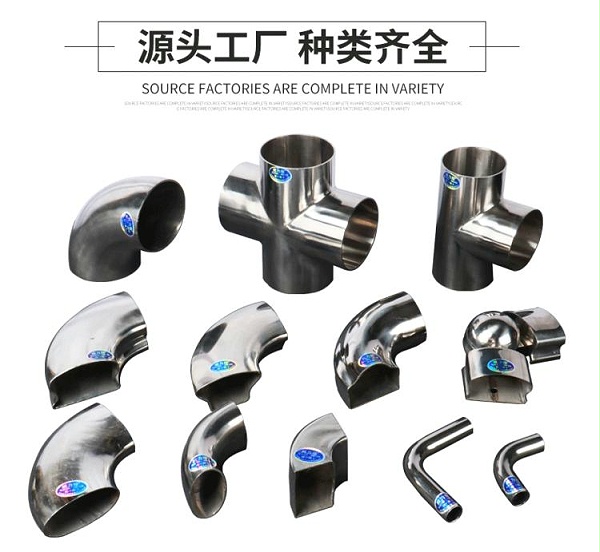Product Agent Case


Considering the feeding and retraction alone, the principle of sequential solidification towards the riser is most conducive to the feeding and retraction of the riser. However, sometimes the thickness difference between the hot joint of the casting and the connecting wall is too large, and the arrangement of the riser at the hot joint causes excessive overheating at the hot joint, which is prone to cause hot cracking at the hot joint, or the molten steel cannot fill the mold horizontally 舴 (referring mainly to the injection of molten steel through the riser). Therefore, sometimes a weaker sequential solidification is needed to prevent this situation from occurring. As for risers, other methods such as supplementary watering and tapping the risers can be used to enhance their feeding effect, or the size of the risers can be increased to ensure their feeding function.
Cast steel connecting rods, with cylindrical ends connected by arms, obviously. Hot joints are formed at the two cylindrical parts. At this upper part, risers need to be placed to fill the gap. After pouring and solidification, these two risers will hinder the solid contraction of the connecting rod and are prone to thermal cracking at the connection with the thin wall below the risers. Therefore, if the gating system adopts a centralized introduction method, that is, only one inner pouring is used and it is set below the large riser and injected from the parting surface, although the riser feeding capacity can be enhanced, however,The heat here is more severe and it is more prone to thermal cracking. If a diagram is used instead3-10In the second pouring system scheme, the molten steel flows from the thin-walled area to the hot joint, which can reduce the temperature difference between the hot joint and the thin-walled area and prevent hot cracking at this location. As for the riser retraction capacity, it can be enhanced by appropriately increasing the riser size, setting up exposed risers, and using point risers to raise the riser temperature.
When the structure of the casting permits, risers should be arranged near the inner gate or the molten steel should flow through the risers before being injected into the casting (this is usually the case when using edge riser feeding for reduced parts), in order to improve the feeding efficiency of the risers.
Risers should not be placed at the parts of the casting that are prone to being pulled and cracked. Because risers are added to these areas, the cooling rate slows down. When the casting cools and shrinks, the ability of these areas to withstand tensile stress weakens, making them more prone to cracking.
Risers are best arranged at the parts of the casting that are to be machined. This consideration is made because the residual marks left after the riser is removed can be removed together during mechanical processing. If placed on a non-machined surface, after the riser is removed, a special cleaning and trimming work for the riser residue still needs to be carried out, which increases the cleaning workload. Of course, there should be requirements for the residual height of the riser on the processing surface. Excessively high riser marks should not be left; otherwise, it would be unreasonable to increase the mechanical processing work too much.
After obtaining the castings, they can be assembled and used without mechanical cutting processing. Such castings are called "blank assembly castings", such as annealing furnace doors, blast furnace throats, and cylinder tiles. It is best not to place risers on the assembly surface of such castings to avoid the residual marks left by the risers hindering assembly. Obviously, if the residual marks of the riser are removed, the workload of mechanical processing will increase. For this type of casting, under the condition of meeting its usage requirements, it is best not to place risers and adopt simultaneous solidification to avoid hindering the assembly of the blank.

Foshan Weilihuang Trading Co., Ltd. is a leading manufacturer specializing in the production and sales of international and domestic stainless steel hardware accessories and its own brands. The company is located at Tianjinli Hardware Accessories Center, Lanshi 2nd Road, Chancheng District, Foshan City, Guangdong Province8seat10-12The number (i.e., the main entrance of the market) has an abundant supply of goods, a complete range of varieties, wide coverage, favorable prices, and stable and superior quality!
The company uses high-quality stainless steel and exquisite craftsmanship to ensure there are no weld marks at the interfaces. Its products feature novel designs, elegant craftsmanship, and long-lasting durability. The company has always adhered to the principle of quality first and reputation first. It is equipped with mature production facilities and has strong technical strength, thus ensuring the quality of its products. The company is willing to make unremitting efforts to join hands with our customers to create a win-win situation and provide high-quality products for our partners.